How to wash a pillow: Tips for cotton, feather, memory foam and latex
Remove stains, improve your sleep hygiene and refresh your bed with these tips on how to wash a pillow
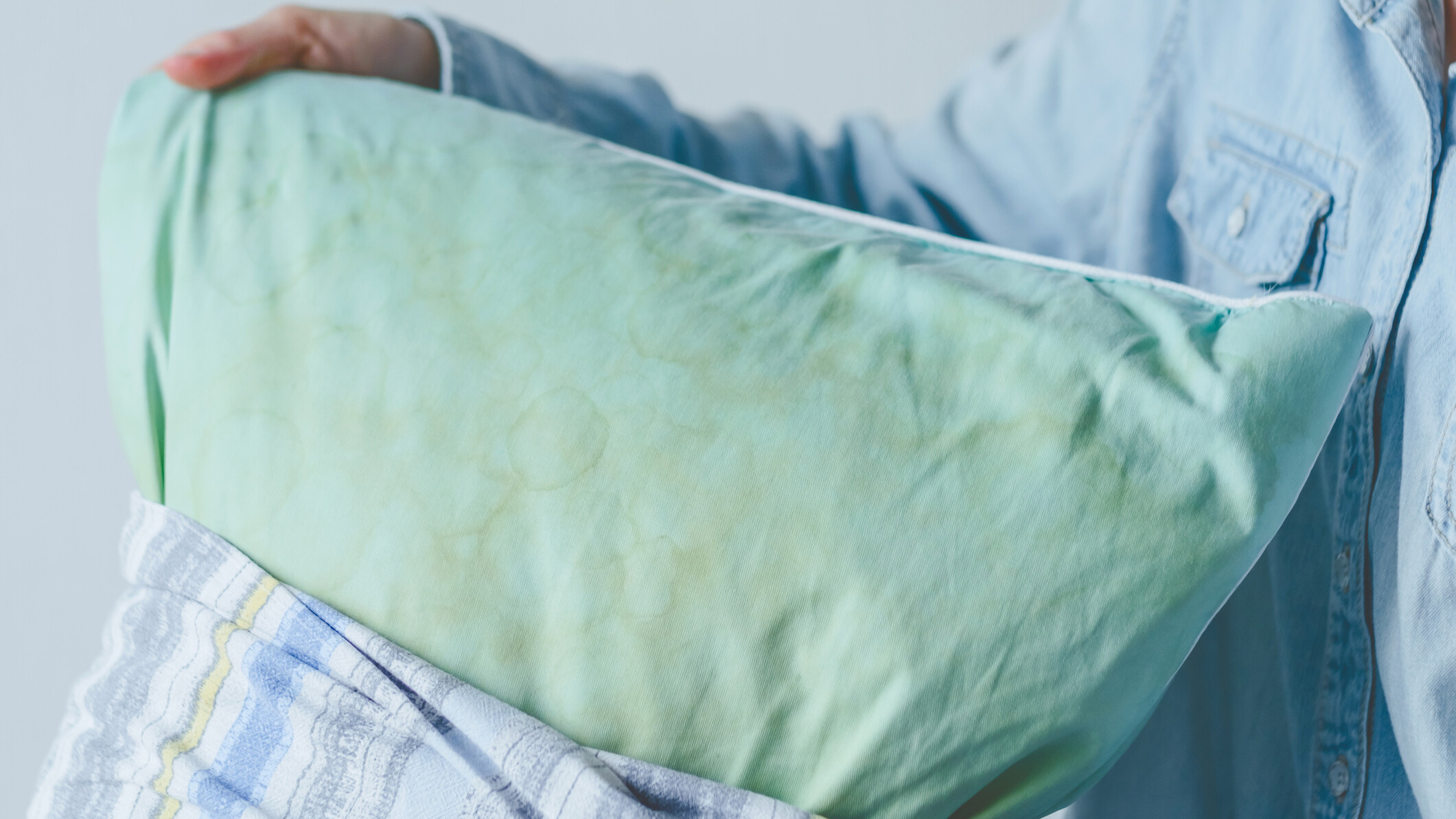
Surprised to find that your pillow is turning yellow or has stubborn stains, even though you sleep on a clean bed?
Even the best pillows require a good clean-up once in a while to deliver a hygienic, healthy and restful sleep.
This is because pillows collect sweat, body oils, drool and even dust mites over time which can cause discoloration and bad odor. After all, we spend a third of our lives sleeping, so they're bound to get a little dirty!
While we tend to change our sheets and pillow cases every week or two, the actual pillow itself needs cleaning too.
The method of doing this, however, depends on the type of pillow you have, whether it’s latex, feather or memory foam. Here, we'll be exploring how to wash each type, top cleaning tips and how to spot when it's time to replace them.
How often should you wash your pillows?
You don't have to wait till you notice yellow sweat stains to deep clean your fluffy pillow.
Washer
Dryer
Laundry detergent
Baking soda
Vacuum cleaner with upholstery attachment
Microfiber cloth
Dish detergent
In fact, ideally you should wash your pillows every three to six months to keep them fresh, clean and free from allergens.
This gets rid of the dead skin cells, body sweat and oils on the surface of the pillow which can otherwise trigger allergies, cause unpleasant odors or skin irritation.
However, if you're someone prone to allergies, it is better to clean them more often.
If your pillow comes with a removable case, make sure to wash them each time you change your sheets.
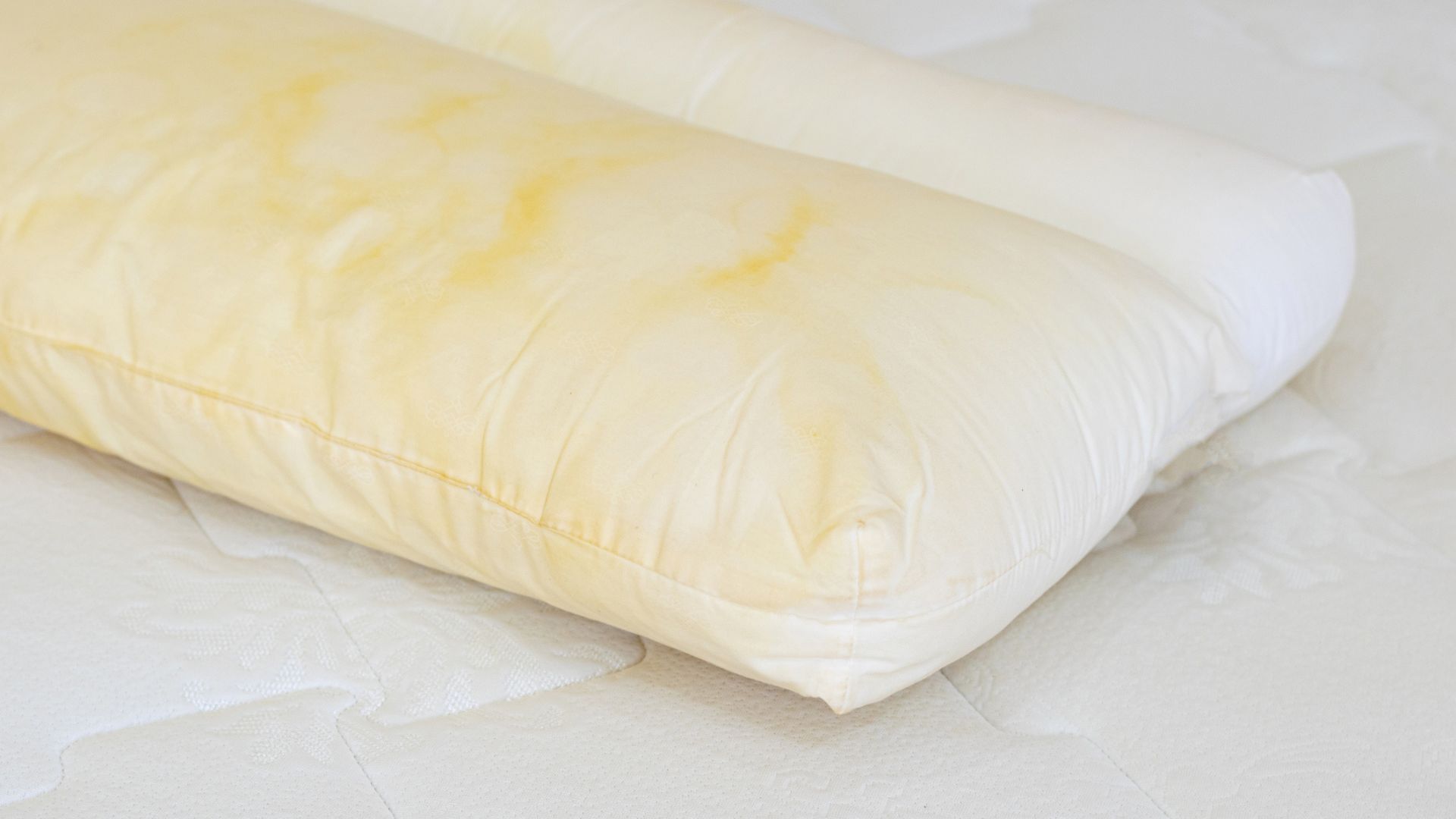
Can I use a washer and dryer?
As all other bedding, the golden rule is to always check the care label to know the manufacturer's instructions.
Most polyester, cotton, feather and down pillows can actually be safely washed and dried in your washer and dryer, unless the care tag specifies that it's dry-clean only.
It's ideal to use a front load or top load washer without an agitator, as it can damage a pillow. You can still use this type of machine so long as you stack the pillows vertically.
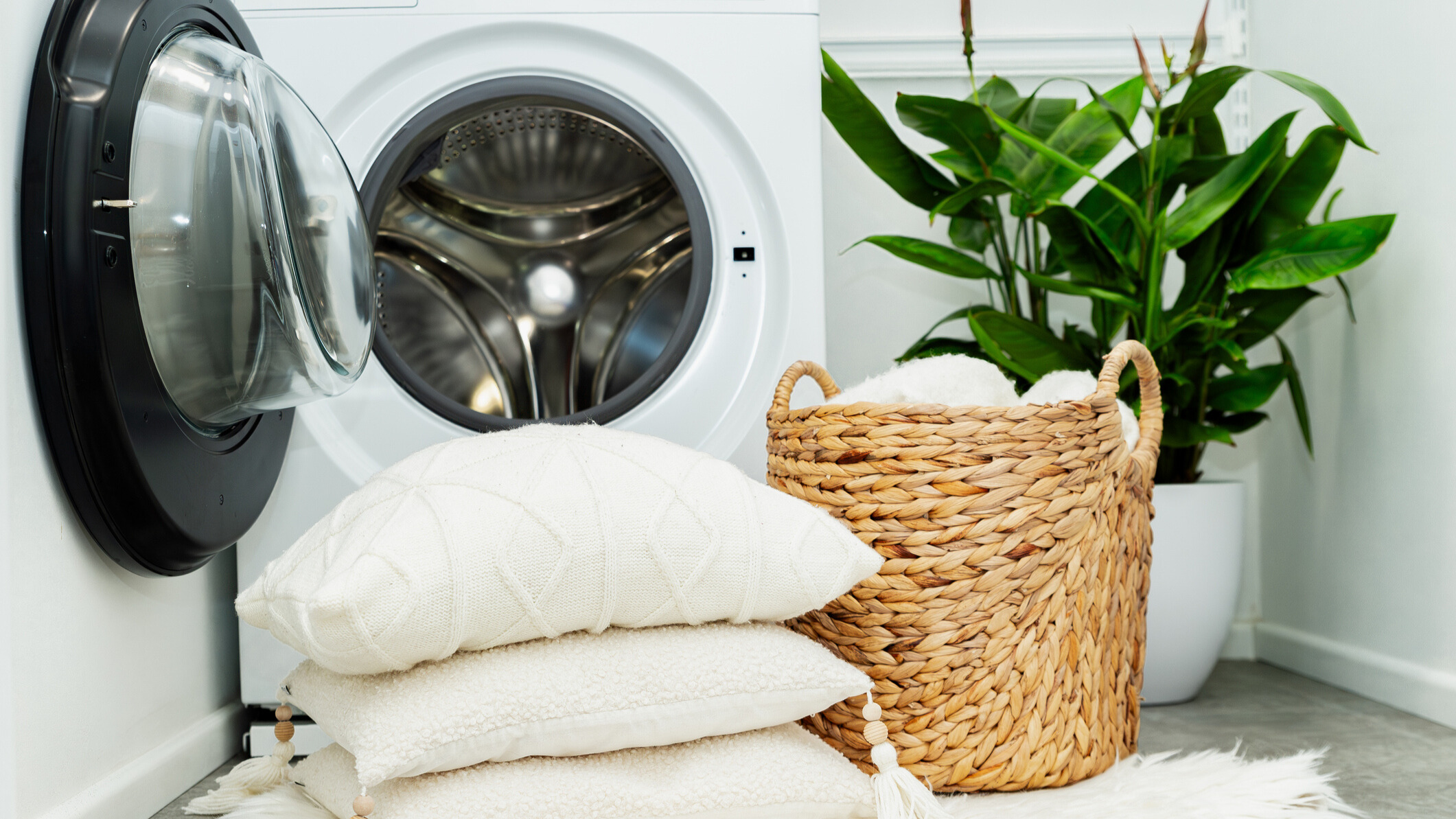
On the other hand, never place your memory foam and latex pillows in the washer or dryer.
Not only will the harsh washing process cause wear and tear but it can also lead to mold and mildew growth, since both materials are prone to absorbing a lot of water and will take longer to completely dry.
Moreover, foam and latex can also be severely damaged by the heat from the dryer, further reducing the pillow's shape, support and overall lifespan.
How to wash a cotton, polyester, feather or down pillow
Washing your pillows doesn't have to be a hassle. It is possible to get them cleaned at home without ruining their feel or structure.
We can't stress enough that the first step should always be to check the care tag instructions since pillows vary in terms of the materials and type of construction. If no such advice has been provided by the manufacturer, follow the below steps:
1. Pre-treat any stains: To do this mix together equal parts of water, laundry detergent and white vinegar. Use a clean cloth to dab the area, you need enough to make it wet but not soaked. Rub the stains to try and lift the stains and repeat the process until the stains are removed.
2. Run a gentle wash cycle: Put the pillows and the cases into the machine and wash them using warm water on a gentle cycle. It's a good idea to place two pillows at the same time to balance the load. Add in a small amount of a mild detergent. We also recommend adding an extra rinse cycle to remove any residual soap.
3. Tumble dry on low heat: Too much heat can have the potential to damage the filling. Set your dryer to the lowest setting and take the pillows out to fluff them regularly during the cycle. You may have to run this program more than once to sufficiently dry them. If you're drying a down pillow, add a couple of tennis balls to the dryer to keep the fill plump.
4. Take your pillows out to air: To avoid any mold or mildew growth due to trapped moisture, it's advised to dry your pillows in direct sunlight if the weather allows once out of the dryer. This will ensure they are completely dry and fresh, ready to be slept on.
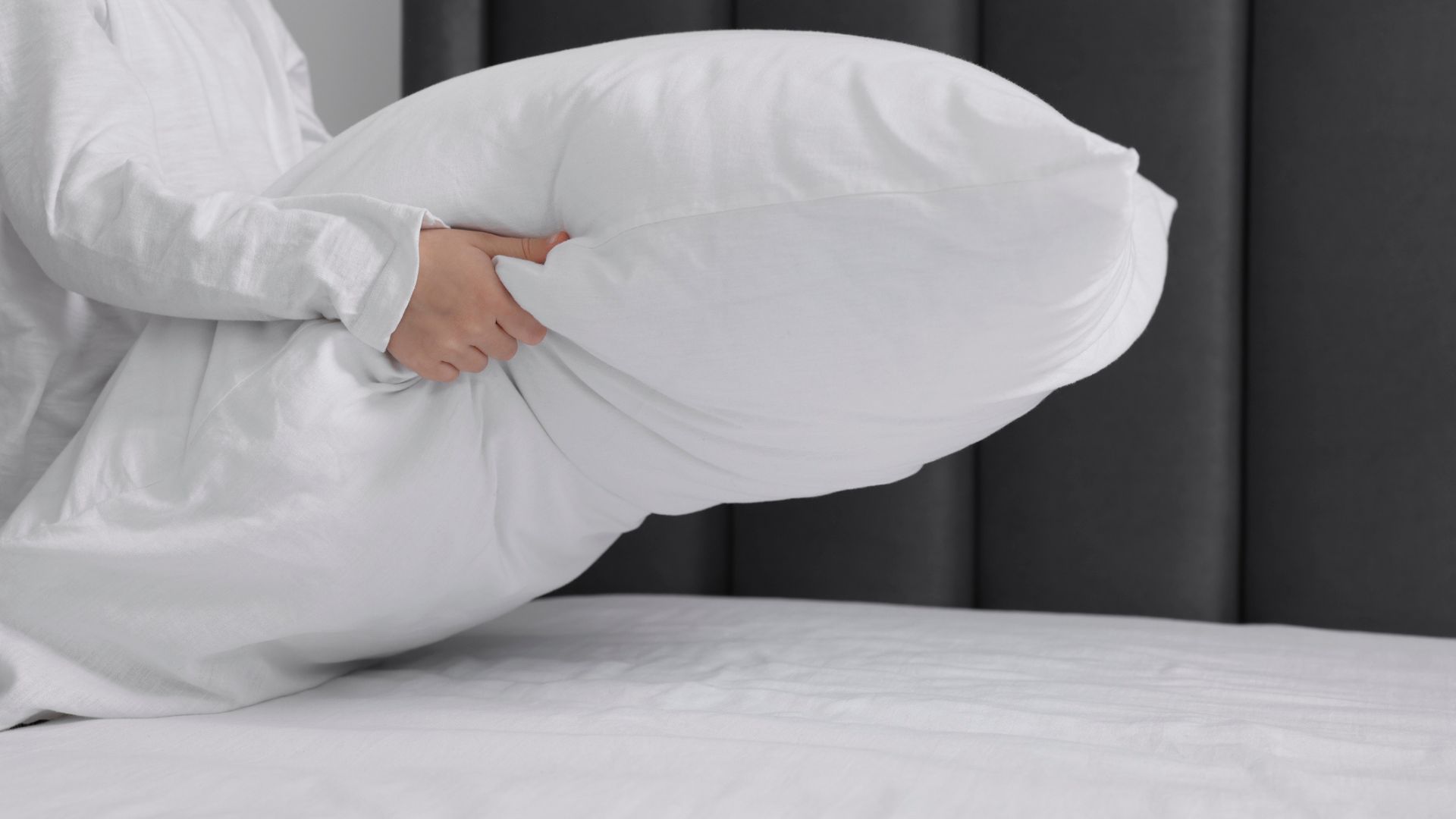
How to wash a memory foam or latex pillow
As we mentioned, your memory foam or latex pillows should not be machine-washed.
These materials are designed to contour and support your head and neck, too much water and heat from the washing machine and dryer can ruin that performance. Follow the below steps instead:
1. Remove and wash the covers: While memory foam and latex pillows themselves cannot be machine washed, you can remove and clean the covers they come in, according to the care tag. If there are no instructions, machine wash them using warm water on a gentle cycle with detergent and dry on low heat.
2. Vacuum both sides of the pillow: Using an upholstery attachment, vacuum both sides of the pillow to clean the foam. If you notice any odd smells, sprinkle baking soda on the foam and leave it for a few hours to absorb the odor before vacuuming it.
3. Spot clean any stains: If the foam is stained, you can spot clean with a microfiber cloth and mild dish detergent solution. Rinse with a slightly damp cloth right after. Make sure to use a gentle circular motion while cleaning the foam as harsh scrubbing can potentially cause wear and tear. Also ensure you don't transfer too much moisture to the pillow as this can get absorbed by the foam.
4. Air dry if possible: Airing them out in direct sunlight can get rid of any bacteria and moisture, making them fresh and clean without risking their shape or support.
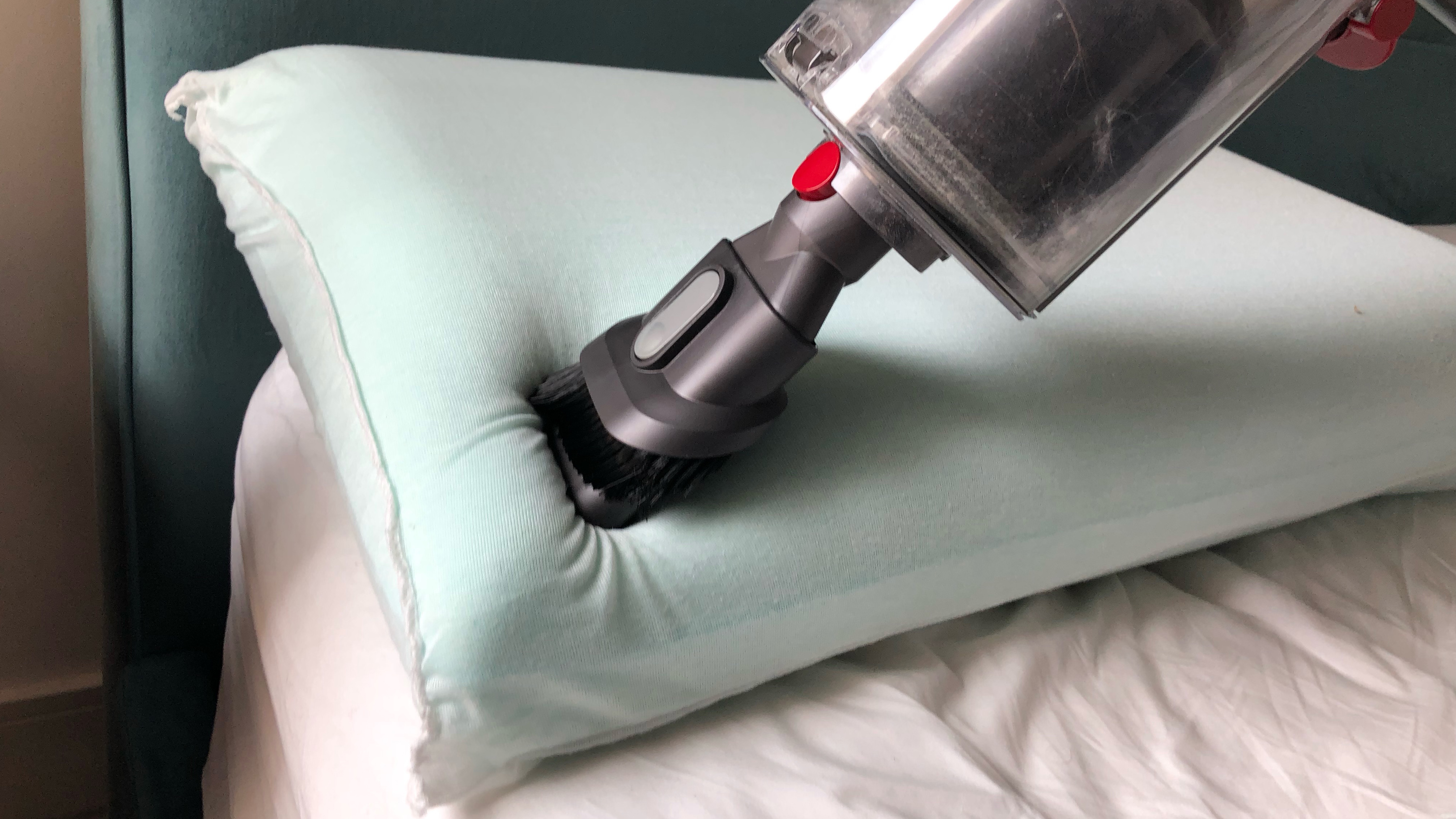
How to wash your pillow: FAQs
How often should you change your pillow?
Just like how the best mattresses won't last beyond 7-10 years, pillows too need replacing to ensure your sleep is not compromised.
While some pillows (latex and memory foam) last longer than others, as a rule you should replace them every 1-2 years. Still confused? Here are a few tell-tale signs to help you know that it's time to replace your pillows:
- Try the 30-second fold test: This is a quick trick to know if your pillow needs replacing. Simply fold the pillow in half and hold it for 30 seconds. If it doesn’t spring back and stays folded after you let go, then it needs replacing.
- Check for lumps and bumps: The filling of an unsupportive pillow may be bunched up in places, forming lumps due to regular use. Sleeping on such a pillow every night will not just be uncomfortable but also raise the risk of waking up with severe neck pain or shoulder aches.
- Your pillow has become flat: Your once fluffy feather pillow is now flat as a mat? This is a clear sign that it can longer serve the purpose of giving you the right support and comfort for sleeping well.
- Your allergies are worse: This is the most underrated one out of the signs that it's time to replace your pillow. If you find yourself constantly struggling with allergies, what you might need is a new hypoallergenic pillow.
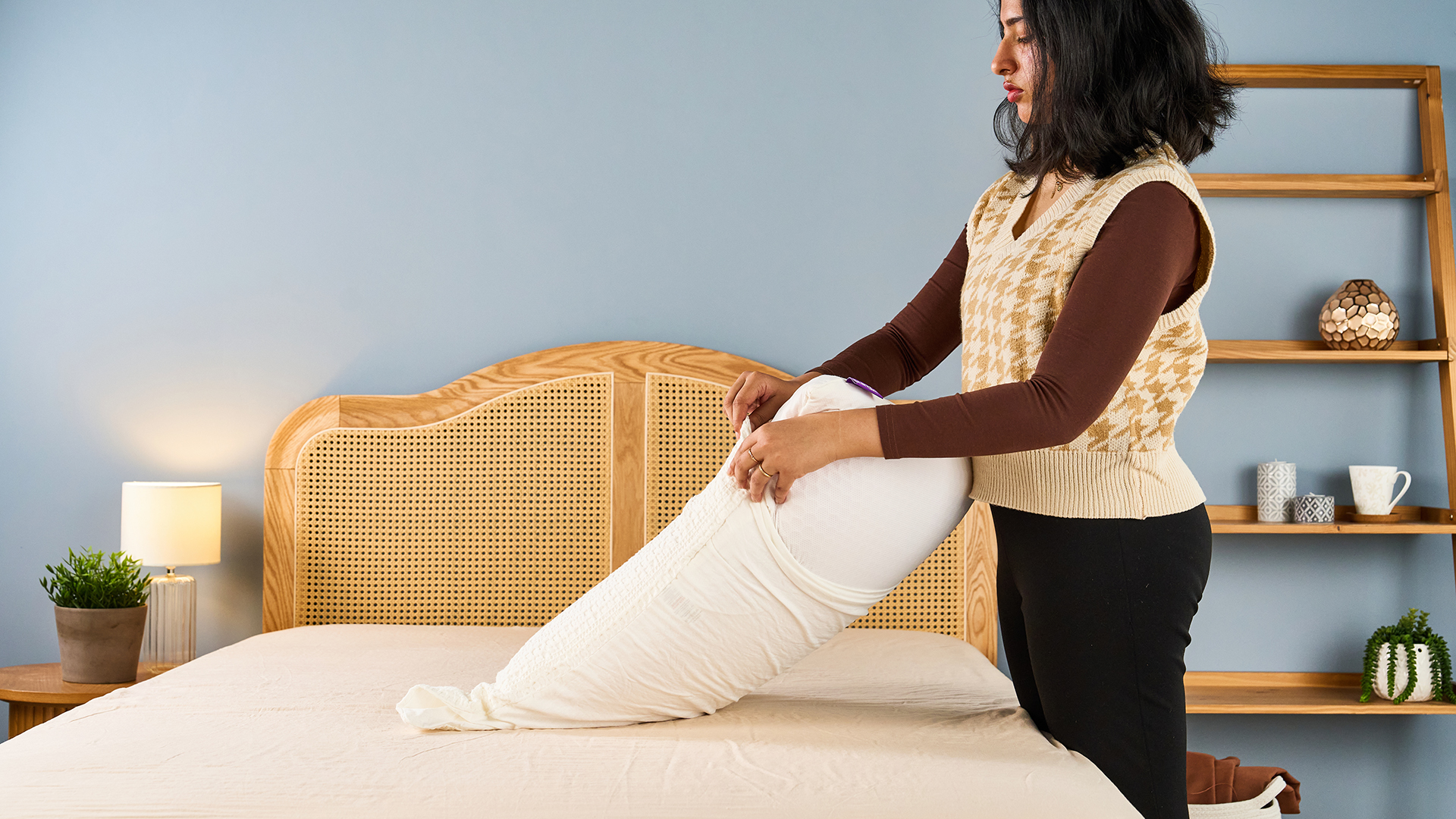
How can I keep my pillow clean?
While regular cleaning is essential for your sleep hygiene, there are ways you can extend the life of your pillow:
- Invest in a pillow protector: This is different from a pillow case. It's a further layer that sits between the pillow and the pillow case and protects it from spills and stains.
- Fluff your pillow daily: Reshaping and fluffing your pillow will remove dust and restore its shape. This will ensure it wears evenly and doesn't develop lumps and bumps.
- Leave a bedroom window open: Opening your window in the mornings for at least an hour will air the room and release moisture, making mold growth less likely.
- Wash and change your bedding: Aim to change your bedding every 1-2 weeks, including the pillow protector.

Becky is a Sleep Staff Writer at Tom’s Guide covering all things sleep-related including product reviews, research studies, news and explainers. She works on specialist bedding content and is responsible for buyer’s guides like the best pillows for all sleepers and best mattress protectors focusing on popular brands such as Tempur-Pedic, Avocado, Coop Home Goods and more. Becky is a PPA accredited journalist who is keen to explore the intricacies of sleep, its effects on skincare, mental wellbeing and work performance. While not thinking of sleep, she can be seen reading in cosy bookshops or learning about global food culture.
You must confirm your public display name before commenting
Please logout and then login again, you will then be prompted to enter your display name.
